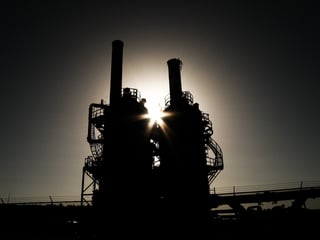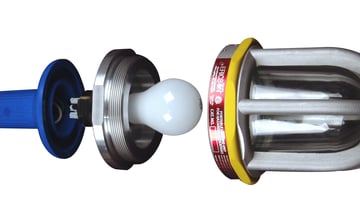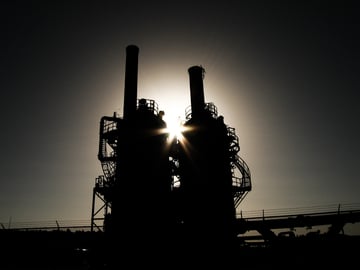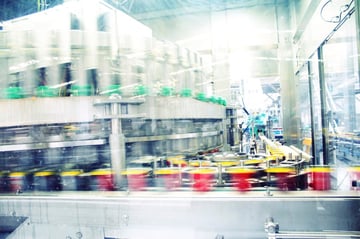February 26, 2018
What are Hazardous Location Requirements & Why are They So Important?
Written by: Jeff Angle
Equipment used in areas where explosive concentrations of dusts or gases can be a major safety hazard. Hazardous locations like these can occur in industries like Oil & Gas, Power Generation, Sewage Treatment, Mining, Confined Spaces, and many others.
 Hazardous area classification is the evaluation and classification of hazardous locations using scientific and engineering principles in companies where chemicals are manufactured or utilized. These areas are classified to ensure the safe and proper specification and installation of electrical equipment.
Hazardous area classification is the evaluation and classification of hazardous locations using scientific and engineering principles in companies where chemicals are manufactured or utilized. These areas are classified to ensure the safe and proper specification and installation of electrical equipment.
In the United States, the most commonly used hazardous location classification system is defined by the National Fire Protection Association (NFPA) Publication 70, National Electric Code® (NEC) in Articles 500 to 506. The NFPA establishes area classifications based on Classes, Divisions and Zones. When these are combined, they outline the hazardous conditions of a specific area or jobsite. This classification method provides a description of the hazardous material that may be present and the probability that it is present, which helps better specify the appropriate equipment for a jobsite.
Outlined below are the classes, divisions, and groups for hazardous locations:
Classes- Types of Hazardous Locations
Class I hazardous locations are those in which flammable gases or vapors are or may be present in the air in quantities sufficient to produce explosive or ignitable mixtures. Class I locations are further subdivided into two Divisions and three Zones.
Class II hazardous locations are areas where combustible dust, rather than gases or liquids, may be present in varying hazardous concentrations. Class II locations are further subdivided into two divisions.
Class III locations contain easily ignitable fibers or flyings, but the concentration of these fibers or flyings are not suspended in the air in such quantities that would produce ignitable mixtures. Class III locations are further subdivided into two divisions.
Divisions- Conditions of Hazardous Locations
Division 1 is a normal condition, where the hazard would be expected to be present in everyday production operations or during frequent repair and maintenance activity.
Division 2 describes abnormal conditions. When the hazardous material is expected to be confined within closed containers or closed systems and will be present only through accidental rupture, breakage or unusual faulty operation, the situation could be called "abnormal."
Groups- Nature of the Hazardous Location
Group A - Acetylene
Group B - Hydrogen (or gases of equivalent hazard)
Group C - Ethylene (or gases of equivalent hazard)
Group D - Gasoline (or gases of equivalent hazard)
Group E - Metal Dusts such as aluminum, magnesium, etc.
Group F - Coal Dust, carbon black, charcoal dust, coal, coke dust & similar types of materials.
Group G - Grain Dust, flour, starch, cocoa and similar types of materials.
It is practically impossible to completely eliminate electrical equipment from a hazardous location. When the correct precautions aren’t taken, there is a higher chance that things will go wrong. In order to help minimize explosive and flammable situations, all equipment should be tested and approved to work in environments where hazardous conditions exist.
Tag(s):
Workplace Safety
Jeff Angle
Jeff is the Chief engineer, PE & Six Sigma Blackbelt with 25 years in the biz. His degree is in Electrical Engineering from University of Akron and has an extensive background in product development, UL regulatory compliance & ISO9001 quality assurance.
More from the blog
View All Posts
Workplace Safety
2 min read
| March 16, 2020
What is explosion proof or hazardous location lighting?
Read More
Workplace Safety
3 min read
| July 24, 2017
Reviewing Classified Hazardous Locations for Refinery Turnarounds
Read More
Certifications and Regulations
2 min read
| February 18, 2020
The Highlights of HARPC
Read MoreSubscribe to blog updates
Stay up-to-date on what's happening at this blog and get additional content about the benefits of subscribing.
